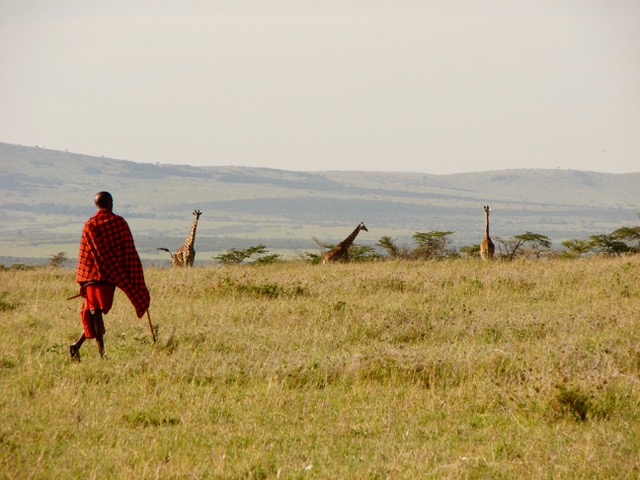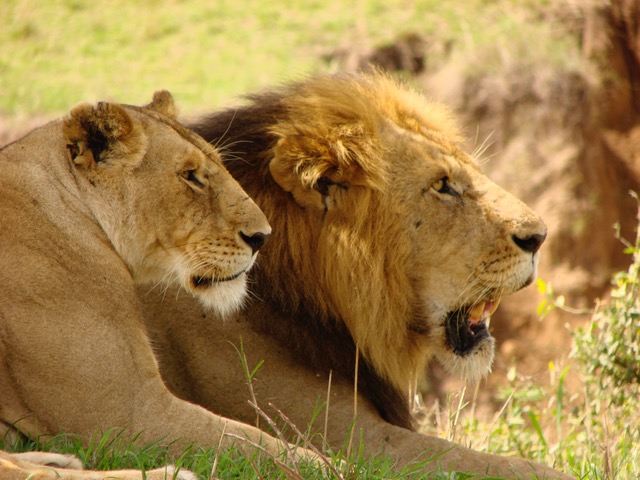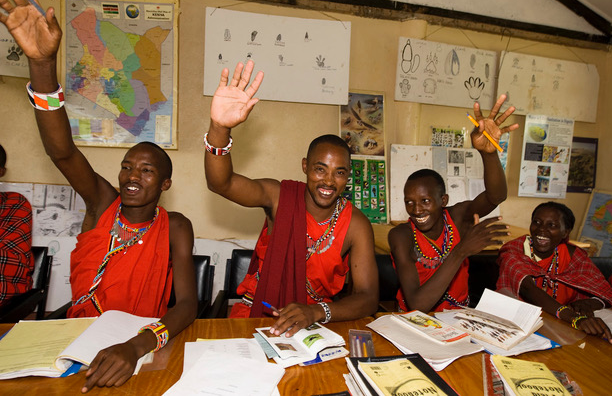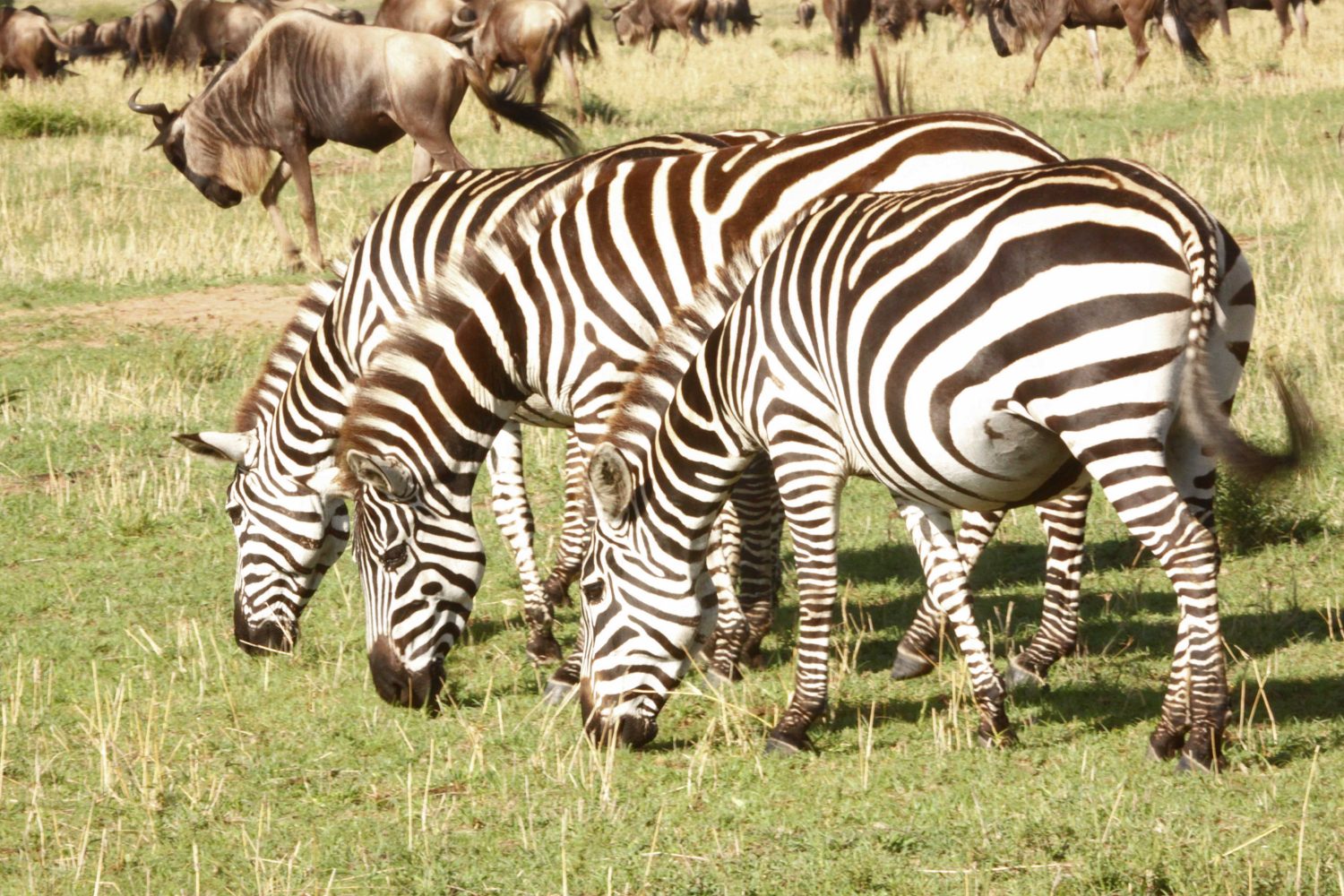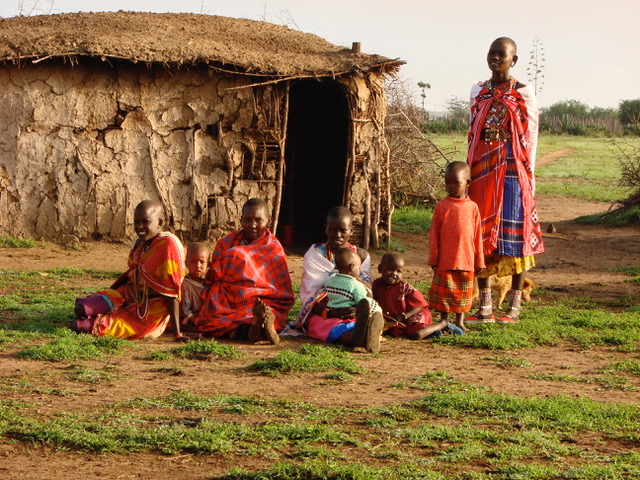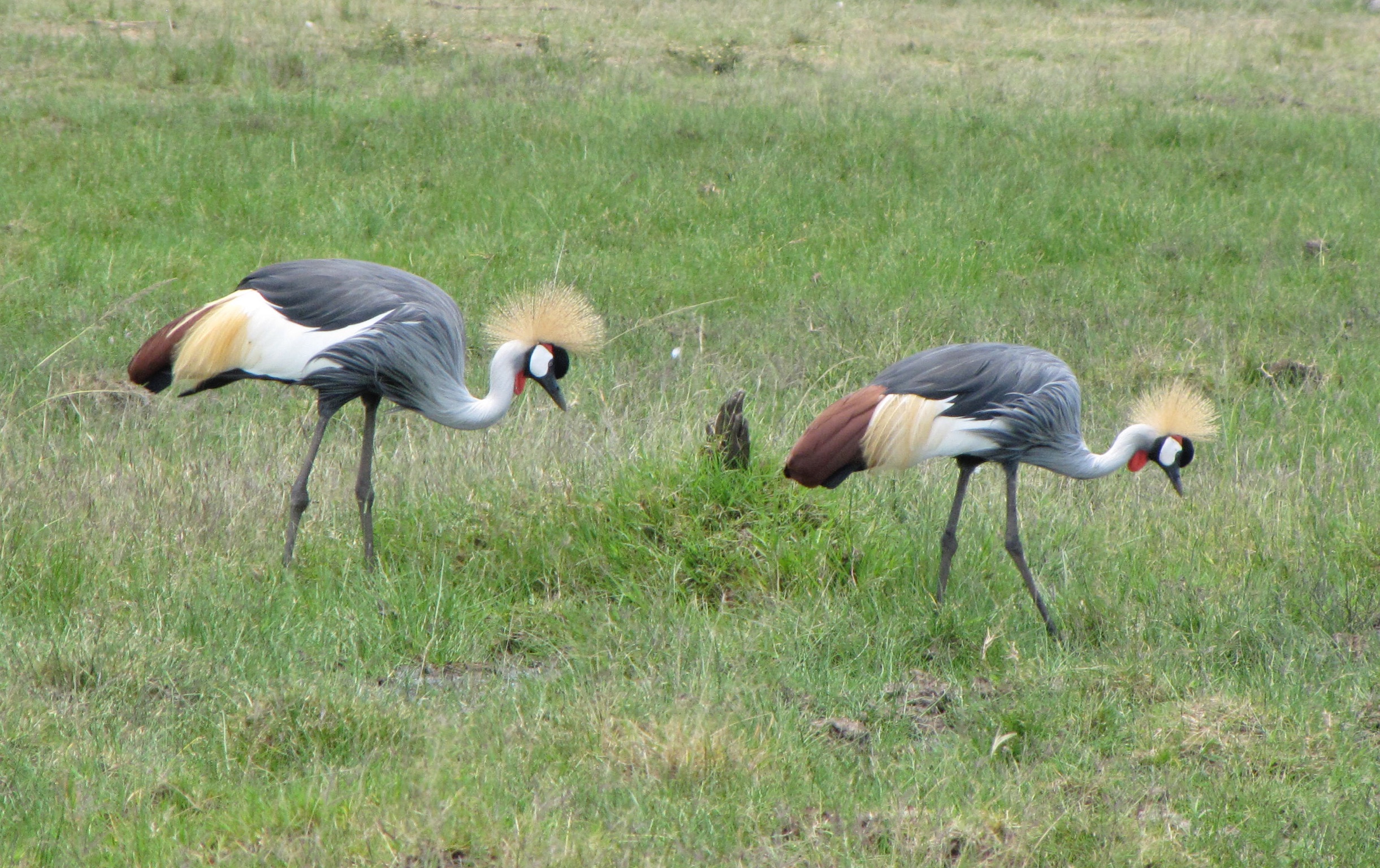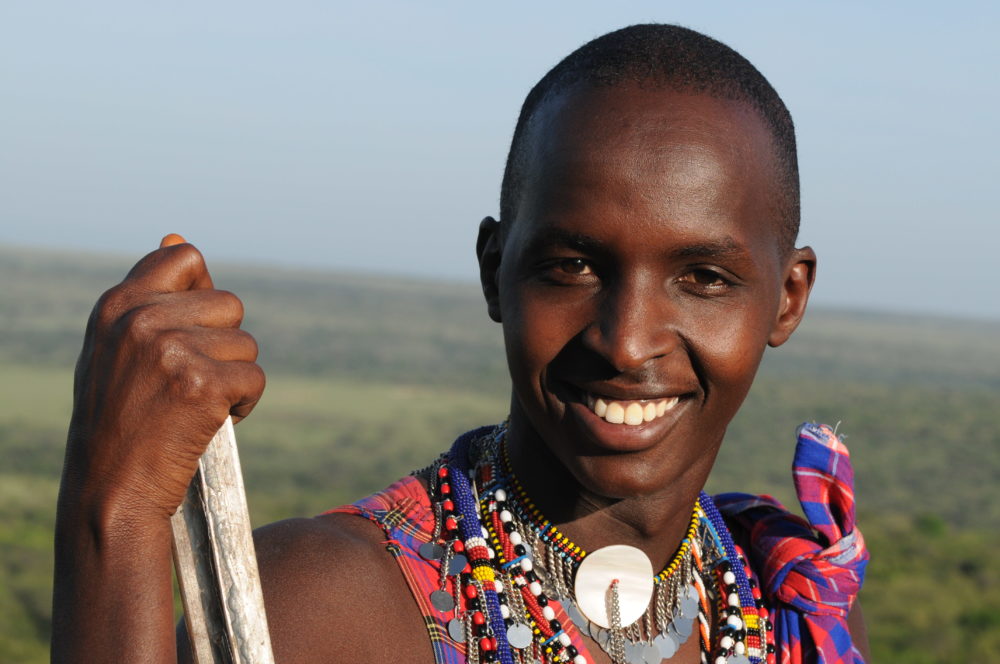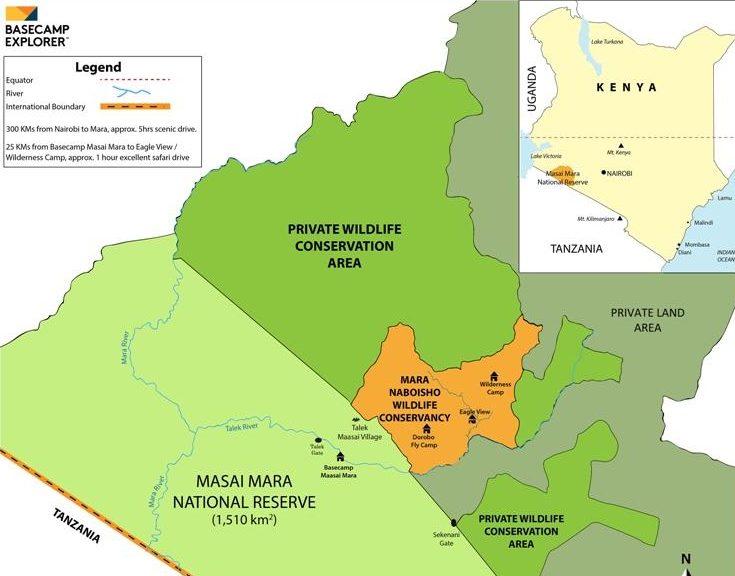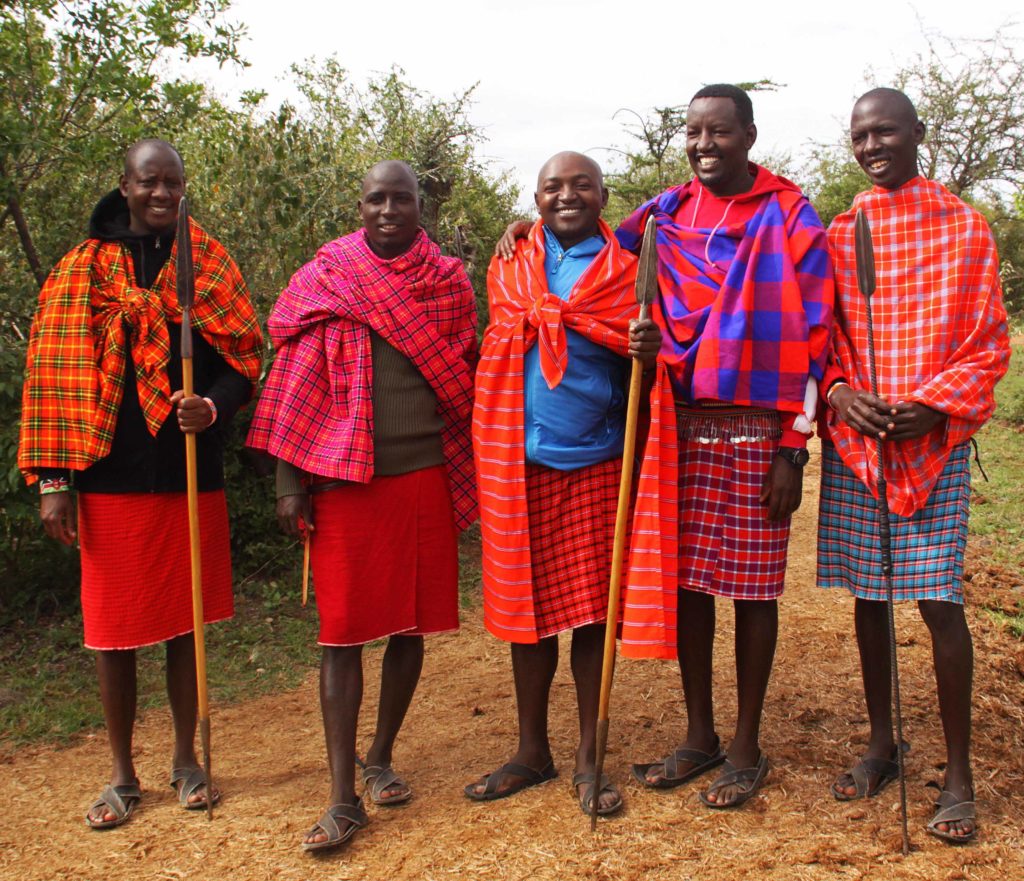The Mara-Serengeti Ecosystem
Over 40% of Africa’s large mammals live in the Mara-Serengeti ecosystem, which is just 1/1000th of the land mass of Africa.
It is home to 70 large mammal species and 500 bird species.
The “Great Migration” is considered one of the 10 natural wonders of the world. It occurs when millions of grazing animals cross the Mara River from Tanzania to spend July through October on the Maasai Mara. This migration includes many of the 1.7 million wildebeest, 260,000 zebra, and 470,000 gazelle living in this region.
The Mara-Serengeti ecosystem is one of the last major wildlife refuges on earth, stretching 9,650 square miles from the Ngorongoro Highlands in Tanzania to the Loita Hills of southern Kenya. It is one of the most diverse and spectacular wildlife conservation areas on earth.

